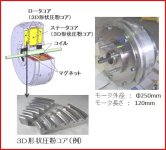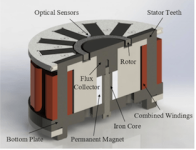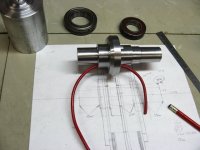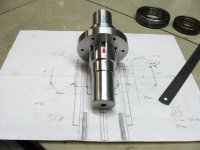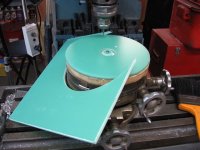Dui ni shuo de dui
10 kW
Great work, it starts lookin' good!!
Can't wait to see the first real parts getting together and this beast running!
Kudos on your learning curve by the way, 3D design is not easy at first but it seems you got the basics pretty quick!
Not sure how you designed it but you shouldn't have a problem with planes and such, they usually don't matter in an assembly. Maybe spend some time watching a few more tutorials, sometimes spending a few minutes watching a tuto will save you hours later!
Can't wait to see the first real parts getting together and this beast running!
Kudos on your learning curve by the way, 3D design is not easy at first but it seems you got the basics pretty quick!
Not sure how you designed it but you shouldn't have a problem with planes and such, they usually don't matter in an assembly. Maybe spend some time watching a few more tutorials, sometimes spending a few minutes watching a tuto will save you hours later!


